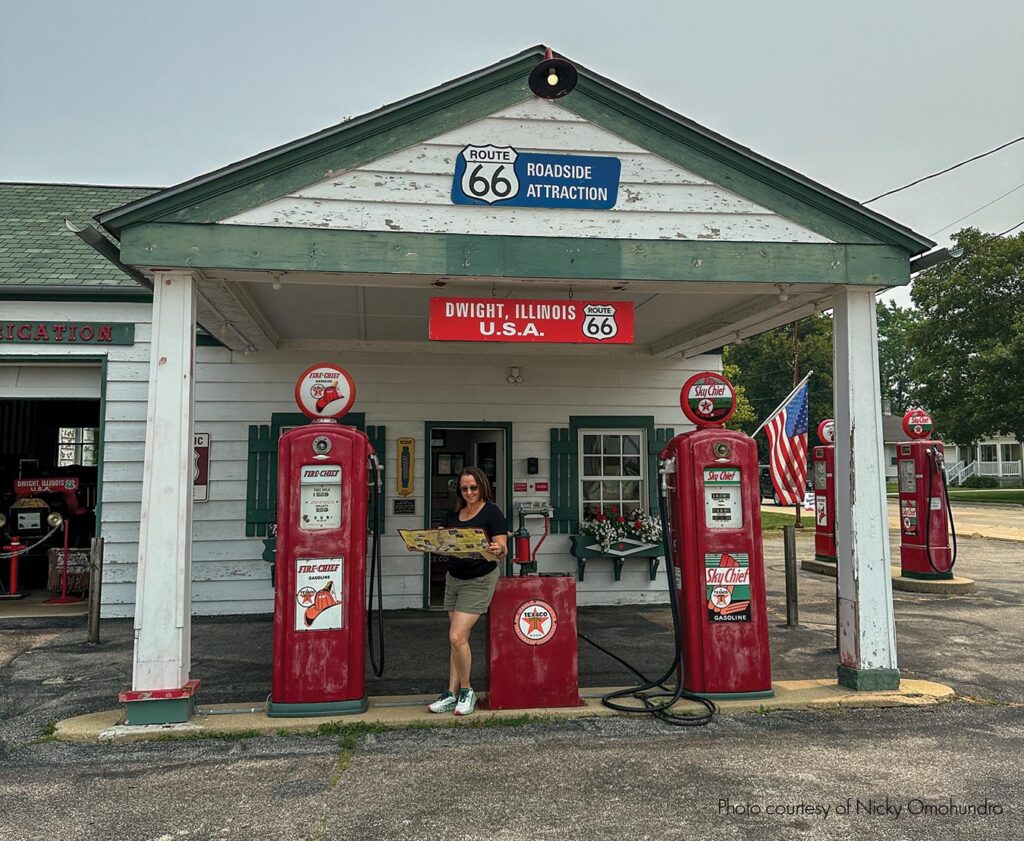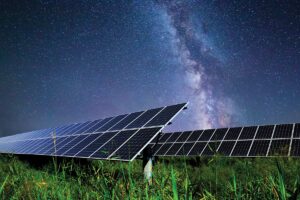When electricity came to Illinois, for-profit companies focused on bringing it to the densely populated areas of the state. The reason was obvious — electric infrastructure served many more customers in these areas and made it more economical.
However, people in rural Illinois remained without electricity. In the 1930s and ’40s, farmers and other leaders formed not-for-profit electric cooperatives to bring electricity to those areas left in the dark. These electric co-ops had (and still have) two advantages: member control and cost efficiency.
First, everyone receiving electricity not only became members of the cooperative, they also became owners. Electric co-ops are different than for-profit utilities because the members own and control their utility. This is why members of your cooperative democratically elect those who serve on the co-op’s board of directors during each year’s annual meeting.
Any member-owner can run for the board, and if the membership is ready for a change, they can vote in a new director. It is a true democracy. Most other Illinoisans have no such control over their electric supplier.
Second, electric co-ops are cost-efficient. As not-for-profits, any amount collected by the cooperative that exceeds the cost to run the co-op is returned to its members; these funds are known as capital credits. An electric co-op may average four consumers per mile of electric line, while a for-profit utility might average 40. For electric cooperatives to succeed with this lack of density, cost-efficient operation is critical.
Unfortunately, both member control and cost efficiency are currently threatened by proposals in the Illinois General Assembly. If voted into law, one proposal would force electric co-ops to implement one-size-fits-all excess self-generation net-metering policies. This would significantly change a core principle of not-for-profit electric cooperatives — local control providing consumers a direct voice in utility decisions.
We oppose taking away our local and transparent process and handing off that control to the Illinois Commerce Commission. Decisions about an electric co-op should be made by its board of directors. Each director is democratically elected and accountable to the members.
I’m proud that electric co-op members in Illinois have installed a large number of renewable energy systems (almost 6,000), but the finances of an electric cooperative are like a seesaw. If the General Assembly requires electric co-ops to subsidize members who have solar generation, then members without it will pay for that subsidy indirectly. An electric co-op board of directors considers the interest of all members, including the low-income person who cannot afford to subsidize their neighbor’s solar energy system.
Another proposal would require electric co-ops to file integrated resource plans with the state of Illinois. The state’s electric co-ops serve primarily rural areas downstate, which is a small percentage of Illinois consumers. Co-ops already plan for generation resources for many years in the future, which includes a diverse energy portfolio because members need electricity that is affordable and reliable.
For many years, electric cooperatives have added and will continue to add renewable and carbon-free resources to their energy portfolios voluntarily, without a mandate or arbitrary dates. It makes no sense for Illinois to require small electric cooperatives to deal with bureaucratic red tape when they already plan on how to generate affordable and reliable power.
The Association of Illinois Electric Cooperatives continuously fights for the interests of electric cooperatives. I encourage you to reach out to your state legislators and let them know that you strongly oppose any legislation that would decrease member control and cost efficiency and ultimately increase rates for co-op consumer-members.










